Can You Hear Me Now?
The pleasures and mysteries of Peter Jackson’s remastered version of “Let it Be.” (L-R): Paul McCartney, George Harrison, Ringo Starr and John Lennon in THE BEATLES: LET IT BE. © 2024 Apple Corps Ltd. All Rights Reserved.
(L-R): Paul McCartney, George Harrison, Ringo Starr and John Lennon in THE BEATLES: LET IT BE. © 2024 Apple Corps Ltd. All Rights Reserved.
“Let It Be” streams on Disney+.
When Peter Jackson assembled the unused footage from “Let it Be” in 2021 for Disney’s “Get Back” project, he lifted the veil on the Beatles’ most confusing anomaly. A reunion five decades in the making, it was embraced by millions as a master class in the drudgery of the creative process, capturing musical sorcery as it happened: Paul McCartney leaning back in his chair, strumming his bass like a guitar, and conjuring “Get Back” from the cold January air. Eight hours of footage spanning four weeks cast a complete mold around songs once dubbed unsalvageable. For dessert, Apple released the complete, uninterrupted rooftop set for iMax.
Jackson’s film contained dazzling new digital processes that isolated voices for a sound mix of unprecedented detail. But it also raised questions. In our collective memory, Michael Lindsay-Hogg’s original film felt even more like a bad omen. How had it ever been released, given that it clearly skipped many fine scenes, such as Lennon and McCartney singing “Two of Us” as Scottish heathens, or organist Billy Preston’s first run-through of “I’ve Got a Feeling” that suddenly headlights the number?
Some of us remember seeing “Let it Be” in theaters during the summer of 1970 and struggling to make sense of it. Headlines read “The Beatles Break Up,” but the soundtrack sounded great. The film showed a band lurching and stalling, meandering through unfinished material, and even a tense exchange between McCartney and Harrison. Its three-part structure traveled in potholes. Part one took place in the drafty Twickenham studios; part two switched to the band’s unfinished basement studio, with an adjoining listening room; part three ascended to the roof of that Apple building, a hastily mounted lunch set bookended by “Get Back.” That live sequence, a spiteful wind whipping their hair, gave the earlier zigzagging a new gravity. The waterfall joy of “One After 909” redeemed the studied, baleful takes of “The Long and Winding Road,” “Let It Be,” and “Two of Us” it followed.
In our collective memory, Michael Lindsay-Hogg’s original film felt even more like a bad omen.
As an insider move and a fans-only type of documentary, “Let it Be” failed in theaters against that summer’s huge hit, “Woodstock,” but survived as a campus classic. At first, the film played exorbitant expectations off its humble-to-a-fault aesthetic. You went in with a vivid sense of the ensemble’s effortless magical powers. Here, at the end of an epic career not quite seven years old, their longest-ever hippie hair seemed like the outer edge of rock’n’roll, when grown adults leave their teenage peers behind and go off to start families. At age six, Heather McCartney steals a scene with Ringo at his drum set.
The contrast between what the audience knew as Beatles greatness and the songs’ early drafts marked the distance between fan perceptions and the band’s private language. Packaged as bare-it-all transparency, “Let It Be” simply cloaked revelation inside covert maneuvers and oblique psychodrama. Lennon famously wept when he watched it during his “Lennon Remembers” interview with Rolling Stone’s Jann Wenner: “I would have expanded the Beatles and broken them and gotten their pants off and stopped them being God,” Lennon said, “but it didn’t work…”
A timeline makes only so much sense of all this. In the six weeks before filming began, the band mixed and released “The White Album,” a 30-song “dog’s breakfast” that veered into Side Four’s abstraction with “Revolution No. 9.” This dense sound collage indulged Lennon’s extremes, spinning out of numbers like “Tomorrow Never Knows,” “Strawberry Fields Forever” and “I Am the Walrus.” But the album’s corny finale, Ringo’s lullaby, “Good Night,” returned to ground. Most listeners skipped over “Revolution No. 9”as a pothole on a brilliant stretch. The album’s release date coincided with Yoko Ono’s in London’s Queen Charlotte Hospital after a tabloid drug bust set up by a crooked cop. Then Lennon played “Yer Blues” for the Rolling Stones Rock and Roll Circus concert film during the second week of December, which went unreleased, allegedly because they didn’t want to get upstaged by The Who.
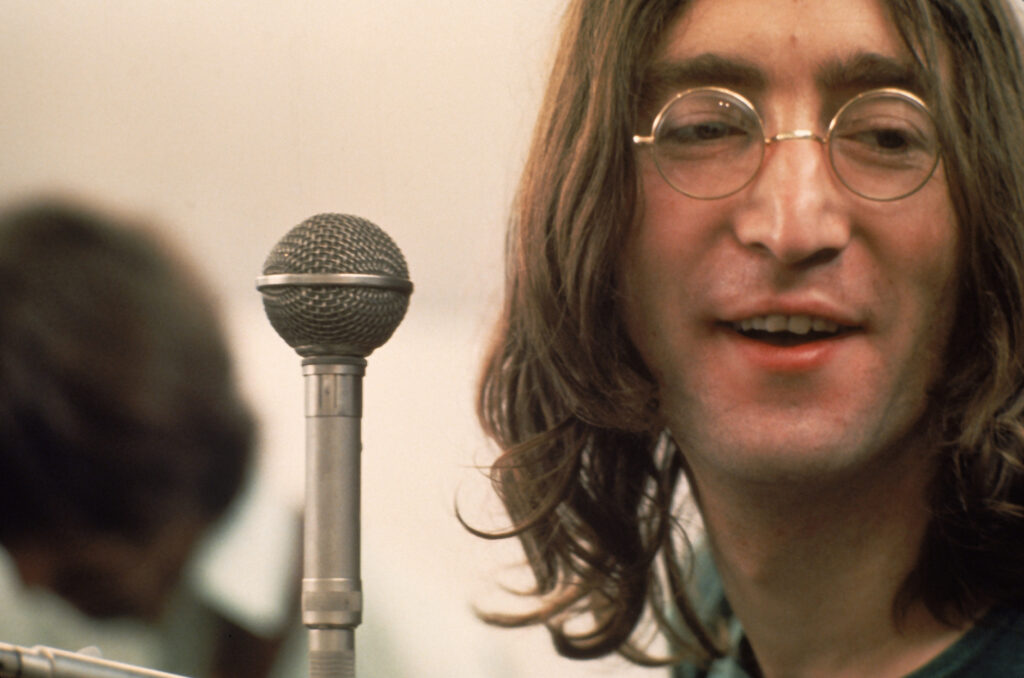
Even a band this great sounds off its mark working up new material, and the Beatles nursed plenty of ambivalence as “The White Album” topped the charts. McCartney kept pushing the other three towards a live show; he felt if they didn’t have a TV spot to rehearse, the whole brand enterprise might fold. Midway through, they tossed the TV idea and decided to make a feature documentary, even though a 16mm film at a 4:1 aspect ratio created complications for the bigger screen. They didn’t care.
Once they finished, Starr started filming “The Magic Christian” with Peter Sellers, and sessions continued throughout that spring with the same stop-and-start ambivalence until after John and Yoko’s Amsterdam Bed-In, McCartney and then Lennon’s separate weddings, the “Ballad of John and Yoko” single and the emerging summer album project that became “Abbey Road.” The “Let It Be” material sat in the vaults the whole of 1969 and into the spring of 1970. By that point, an American impresario named Allen Klein had signed Lennon, Harrison and Starr to a new management contract, as McCartney delayed and dissembled. (He hoped the band would come around and sign with his father-in-law, John Eastman, Linda’s father’s firm.)
Watching Jackson’s remastered version of Lindsay-Hogg’s original cut feels like a time warp.
When management agreement proved fruitless, McCartney dropped his first solo album with a cheeky press kit declaring the Beatles over. Lennon was furious. After keeping his promise not to squeal about leaving, his songwriting partner used the breakup to sell a record. In effect, McCartney sabotaged the movie and its soundtrack and wound up suing the other three later that year.
So, “Let it Be” was filmed as the early stirrings of a big new project, and wound up as an asterisk to their career that still gets mistaken as a “breakup” document. The more accurate narrative reveals the January 1969 sessions to be a scrimmage for “Abbey Road,” with enough good songs left over for a respectable postscript.
When Peter Jackson’s “Get Back” appeared in 2021, people gasped at its amicable tone; it had gotten confused in everybody’s mind with those bad spring 1970 vibes of attack and reproach. As the Beatles slowly turned seven years of recordings into more than five decades of reissues, CDs, remastered CDs, box sets, singles collections, to redress all the lost booty from a gazillion bootlegs, the original “Let it Be” remained closeted. The last VHS edition languished, then disappeared.
Watching Jackson’s remastered version of Lindsay-Hogg’s original cut feels like a time warp; most fans know this movie beat by beat, but Jackson’s pristine soundtrack jumps out and shakes you. You can hear previously lost dialogue, a clear separation between once jumbled voices, and with the backdrop of “Get Back,” the mood doesn’t tilt downward so much as haphazardly. There’s that stultified aloofness baked into certain passages, but the distance between what they show in rehearsal and what comes out on the roof conveys how much hard work it took to find their magic, and how much invisible shorthand they practiced with one another. It’s a good example of how audio can rescue even lackluster visuals.
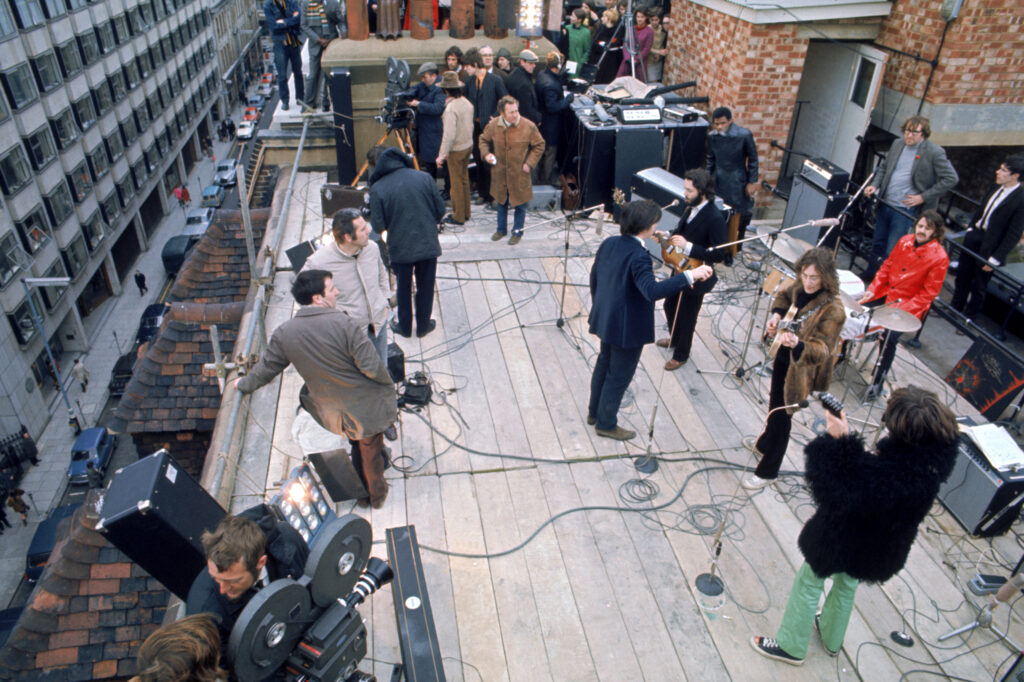
The print has a soft glow to it, but Lindsay-Hogg’s cheats also leap out. Harrison and Preston lean into solos during “Let it Be” and their fingers don’t play the notes you hear coming from the screen, it’s synced up with completely different passages. After “Get Back,” these fabrications look even more inauthentic — a “documentary” defined by touchups.
And yet, that rooftop concert still carries an emotional wallop, even more than what they imagined, or what the audience hoped for. Famous for not having any overdubs or sweetening, that live set shows the growing thrill they rediscovered between one another and their listeners, many of whom gaze up from four stories below on the streets, as well as the sheer thrill of music-making on the verge of new triumphs. “One After 909,” originally recorded in 1963 and held, hits an exultant stride as an ironic “cover.” One of their own lost tracks circles their pre-fame beginnings, their path from backwater heroes to world domination, from oblivion to phenomenon, and shivers with the fairy-dust tingle of youth.
Your support matters…Independent journalism is under threat and overshadowed by heavily funded mainstream media.
You can help level the playing field. Become a member.
Your tax-deductible contribution keeps us digging beneath the headlines to give you thought-provoking, investigative reporting and analysis that unearths what's really happening- without compromise.
Give today to support our courageous, independent journalists.
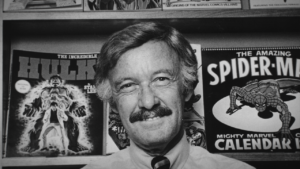
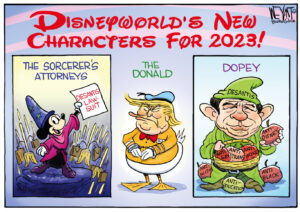
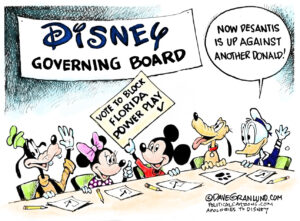
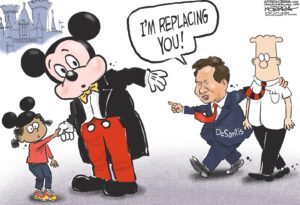
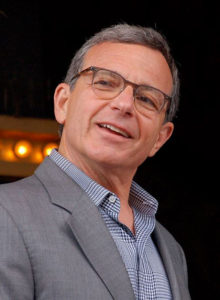
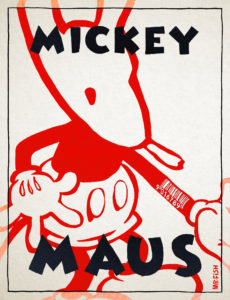
You need to be a supporter to comment.
There are currently no responses to this article.
Be the first to respond.